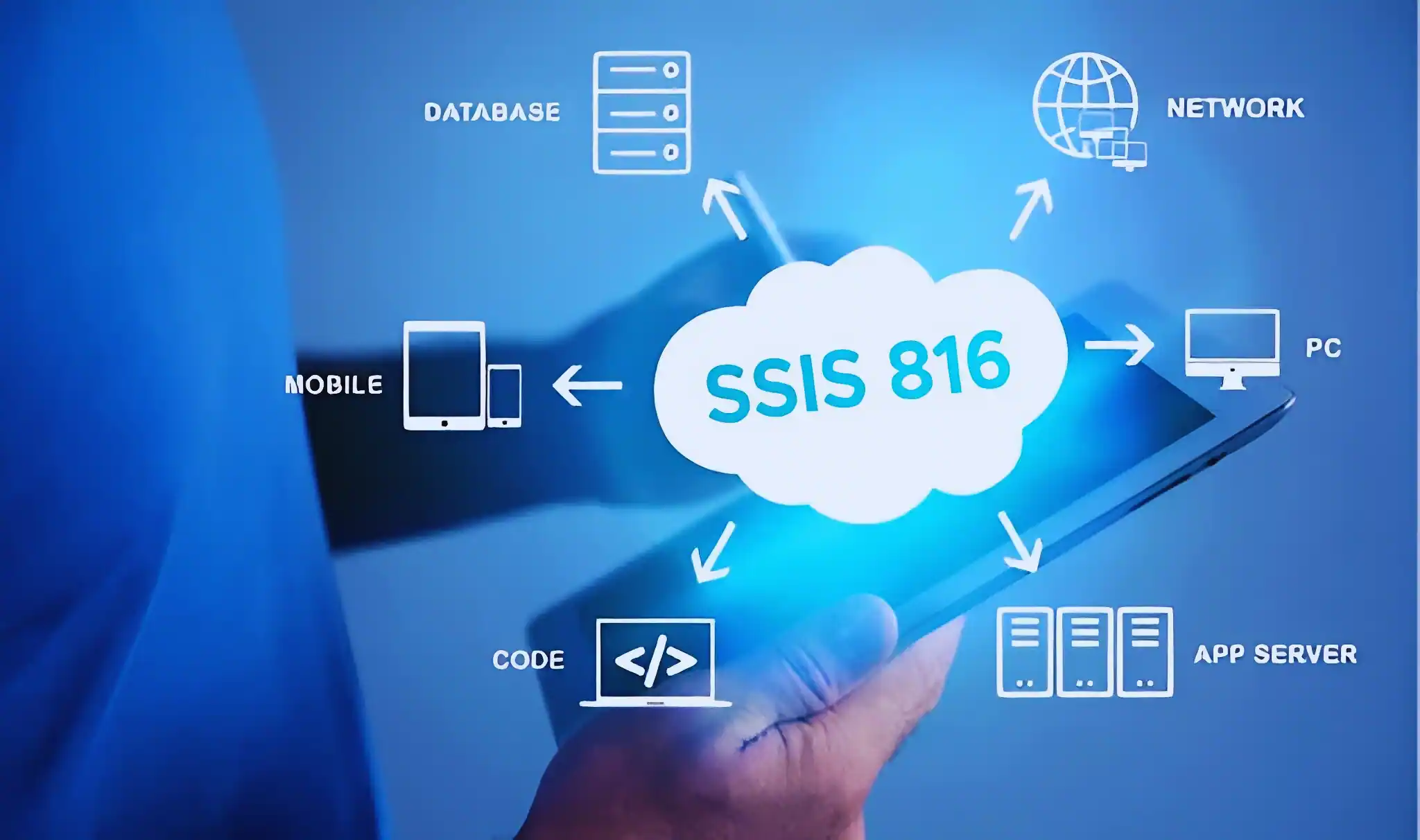SSIS 816, also known as the Special Service Interval Schedule 816, is a crucial aspect within the realm of vehicle maintenance, particularly in the aviation industry. This specialized schedule plays a significant role in ensuring the safety, reliability, and efficiency of aircraft operations. In this article, we delve into the intricacies of SSIS 816, shedding light on its importance and impact.
What is SSIS 816?
SSIS 816 refers to a structured maintenance schedule mandated for certain types of aircraft. It outlines specific maintenance tasks, inspections, and checks that must be performed at predefined intervals to ensure the airworthiness and operational readiness of the aircraft. These intervals are determined based on factors such as flight hours, calendar time, or specific events, such as major repairs or modifications.
Importance of SSIS 816
- Safety Compliance: Safety is paramount in aviation, and adherence to SSIS 816 ensures that aircraft undergo regular inspections and maintenance checks to detect and address any potential issues promptly. By complying with these rigorous standards, operators can minimize the risk of mechanical failures or malfunctions during flight, thus enhancing overall safety.
- Reliability and Performance: Regular maintenance as per SSIS 816 helps maintain the reliability and performance of aircraft systems and components. By proactively addressing wear and tear, replacing worn-out parts, and conducting thorough inspections, operators can mitigate the likelihood of in-flight disruptions or operational issues, thereby enhancing the overall reliability of their fleet.
- Regulatory Compliance: Aviation regulatory bodies, such as the Federal Aviation Administration (FAA) in the United States or the European Union Aviation Safety Agency (EASA), mandate compliance with specific maintenance schedules and guidelines. SSIS 816 serves as a framework that aligns with these regulatory requirements, ensuring that operators fulfill their obligations in maintaining airworthiness standards.
Components of SSIS 816
SSIS 816 encompasses a comprehensive range of maintenance activities, including but not limited to:
- Routine Inspections: Regular checks of critical systems, components, and structures to detect signs of wear, corrosion, or damage.
- Component Overhauls: Scheduled overhauls or replacements of key components, such as engines, landing gear, avionics, and control surfaces, to maintain their operational integrity.
- System Upgrades: Incorporation of upgrades or modifications to enhance safety, efficiency, or compliance with evolving regulatory standards.
- Life-limited Parts Replacement: Replacement of components with specified service life limits to prevent premature failures or safety hazards.
Implementation Challenges and Considerations
While SSIS 816 is essential for ensuring the airworthiness of aircraft, its implementation poses several challenges and considerations for operators:
- Downtime and Operational Disruptions: Compliance with SSIS 816 may require grounding aircraft for scheduled maintenance, leading to downtime and disruptions in operational schedules. Operators must carefully plan and coordinate maintenance activities to minimize the impact on flight operations.
- Resource Allocation: Adequate resources, including skilled maintenance personnel, spare parts inventory, and maintenance facilities, are essential for implementing SSIS 816 effectively. Operators must allocate resources efficiently to meet maintenance requirements while optimizing costs and operational efficiency.
- Technological Advancements: Rapid advancements in aviation technology may necessitate updates to SSIS 816 to accommodate new systems, components, or maintenance methodologies. Operators must stay abreast of technological developments and regulatory changes to ensure compliance and optimize maintenance practices.
Conclusion
In conclusion, SSIS 816 plays a pivotal role in ensuring the safety, reliability, and regulatory compliance of aircraft operations. By adhering to this structured maintenance schedule, operators can mitigate risks, enhance operational efficiency, and maintain the airworthiness of their fleets. However, successful implementation of SSIS 816 requires careful planning, resource allocation, and adaptation to technological advancements. Ultimately, SSIS 816 serves as a cornerstone of aviation maintenance practices, contributing to the safety and integrity of the aerospace industry.
